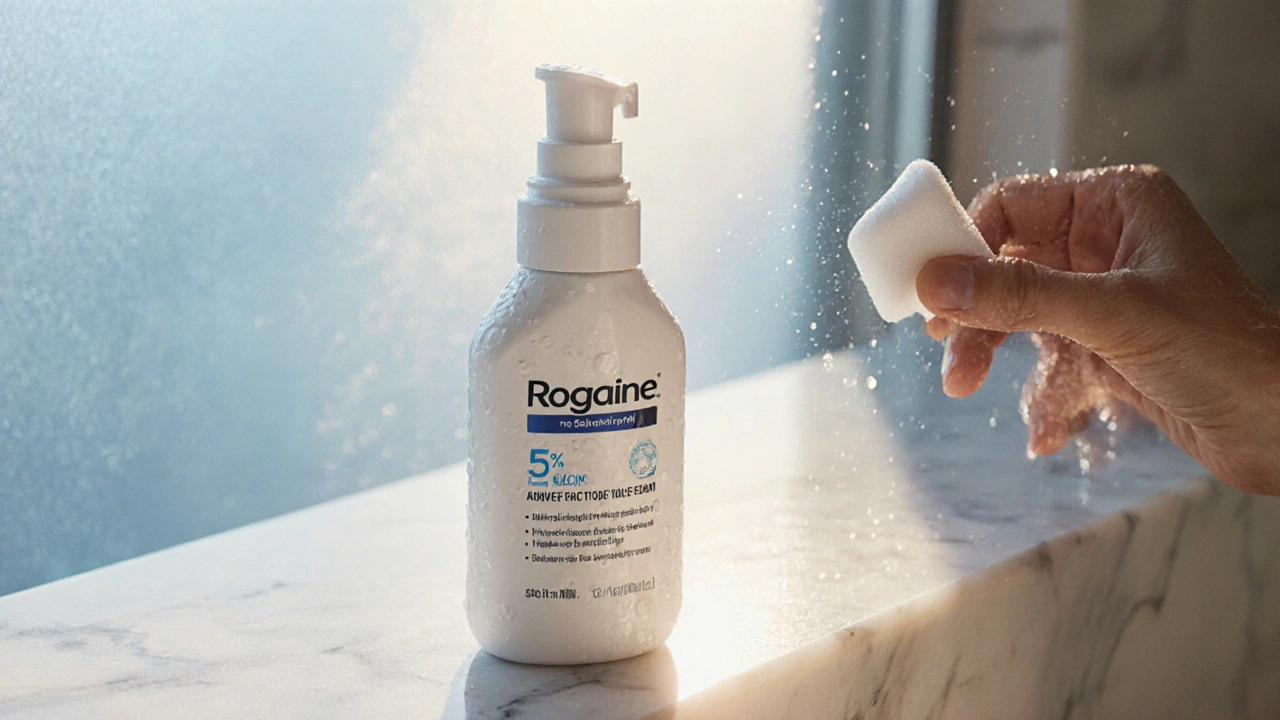Hair Loss Treatments: Options, Benefits, and How to Choose
When dealing with hair loss treatments, methods that aim to stop or reverse thinning hair on the scalp. Also known as alopecia solutions, they range from topical meds to surgical options. If you're looking for the best hair loss treatments, understanding the key players helps you pick the right plan.
One of the most common over‑the‑counter options is Minoxidil, a vasodilator that expands blood vessels around hair follicles and encourages growth when applied topically. Brands like Lonitab show how minoxidil can boost regrowth for many men and women. Hair loss treatments encompass topical agents like minoxidil, meaning they belong to the broader category of solutions you can start without a prescription. Another widely used prescription drug is Finasteride, an oral 5‑alpha‑reductase inhibitor that lowers dihydrotestosterone (DHT) levels, the hormone linked to follicle shrinkage. Finasteride influences hair loss treatments by tackling the hormonal root cause, which many users find essential for long‑term results. If you prefer a surgical route, Hair transplant, a procedure that moves healthy follicles from a donor area to balding zones offers a permanent fix for advanced thinning. The success of a transplant often depends on how well a patient has managed DHT, so DHT (dihydrotestosterone), the androgen that miniaturizes hair shafts and drives androgenic alopecia blockers become a supporting factor in many treatment plans.
Choosing the right approach means looking at several attributes: how fast you want results, whether you can take a daily pill, your budget, and any medical conditions you have. Topical minoxidil scores high on accessibility but may cause scalp irritation for some users. Finasteride offers strong evidence for slowing loss, yet it requires a prescription and can have sexual side effects. Hair transplant delivers lasting density but involves surgery, recovery time, and higher cost. DHT blockers, whether prescription finasteride or over‑the‑counter natural extracts, work best when combined with either minoxidil or surgical methods, creating a layered strategy that many dermatologists recommend. Below you’ll find a curated list of articles that dig deeper into each option, compare costs, side‑effects, and real‑world effectiveness, and help you decide which mix fits your lifestyle. Keep reading to explore practical tips, side‑by‑side comparisons, and the latest research that can guide your next step toward fuller hair.
